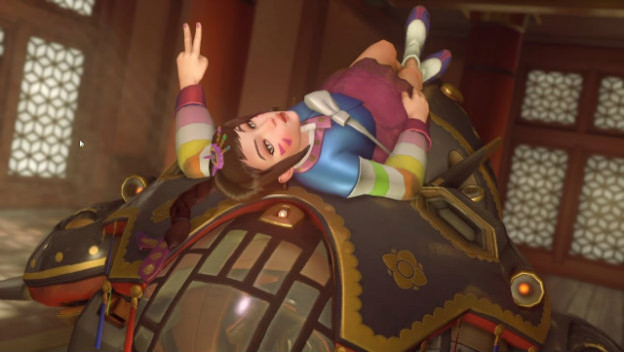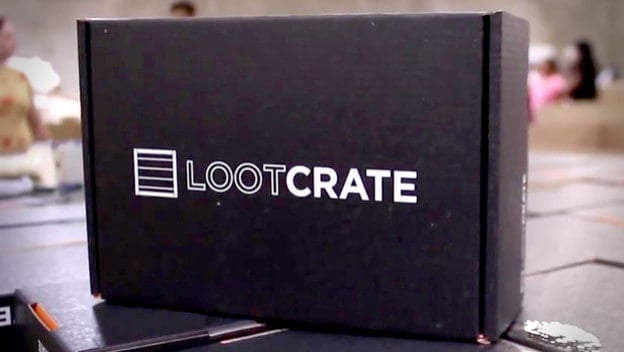Loot boxes and loot crates are everywhere. They’ve become the go-to microtransaction for games. Which is understandable. For a small fee, usually $1 or $2, you have an opportunity to get great things. Even if there are only cosmetic items within, it’s a chance to get something special that sets you apart from all of the other people playing that game. And if they aren’t cosmetic, and perhaps offer you a new character, weapon, or temporary boost, then you could be offered some kind of advantage.
The problem is, these randomly boxed microtransactions have become overbearing. We’ve reached a point where we’re inundated with them. When all you’re seeing are loot boxes, with RNG not in your favor, you can end up spending large sums of either money or time to collect tries for the things you want or need. It’s gone overboard and companies need to start offering extra options for people who realize what a scam these purchases can be.
It’s no different than buying a Loot Crate-like boxes from subscription services. These are boxes that are usually filled with things you don’t want. There might be one exclusive item that’s good. The others? Well, those can be overstock or unwanted items that couldn’t sell otherwise. You’re paying a premium for something and don’t know what you get, and the odds are against you. Only here, it’s digital.
These boxes are heading down a slippery slope. Let’s use Japan as an example. Some games there used to have something called a kompu gacha. People would pay a small fee and get a random item or character. If they managed to get one of each item or a set of specific items, they’d get an even more rare final item as a reward. Imagine if a game like Call of Duty, Overwatch, or Counter-Strike had a series of crates where if you collected all the items, you’d get a special final item. The Consumer Affairs Agency in Japan ended up making this concept illegal and imposing fines on games that did such a thing.
But already, another country is objecting to the loot crate system currently in place in video games. Beginning in May 2017, a law will take effect in China that will force developers to release the odds of getting each kind of item in a loot box. Seeing the frustration that comes from squandering money and not getting the legendary weapon or skin that you want has already caused the government there to take action. It shows that we’ve already reached a point where, for some countries, enough is enough.
Now, you might be inclined to say that there are some games that offer a way to get the items in the loot boxes without spending an excessive amount of time or money earning them. There are Community Markets on Steam, where someone who enjoys Counter-Strike: Global Offensive could get something on its own. Overwatch allows you to spend coins, which are only available via loot crates, to purchase specific items. But these aren’t the best way to offer opportunities to buy exact items.

Companies need to start offering more options. We need a balance between the random loot boxes and piecemeal items. Overwatch and Counter-Strike: Global Offensive have good ideas, but aren’t quite there yet. If a loot crate was priced at about $1, but someone could pay between $1-3 for a certain weapon or $3-5 for a specific skin, everyone could profit. Some people would still go for the random crate and chance at a deal. People who wanted only one item could pay a simple fee, rather than buy 10-20 boxes and not get what they want. And of course the companies would still get the money they’ve come to expect from their DLC.
We’re coming up on the point where all of the loot boxes are a little too overwhelming in terms of price and underwhelming when it comes to the odds of getting what we want. It would be very easy for companies to make the process more accommodating and still guarantee their revenue stream. Let’s hope more adjustments are made before the government needs to step in as it has in China and Japan.
